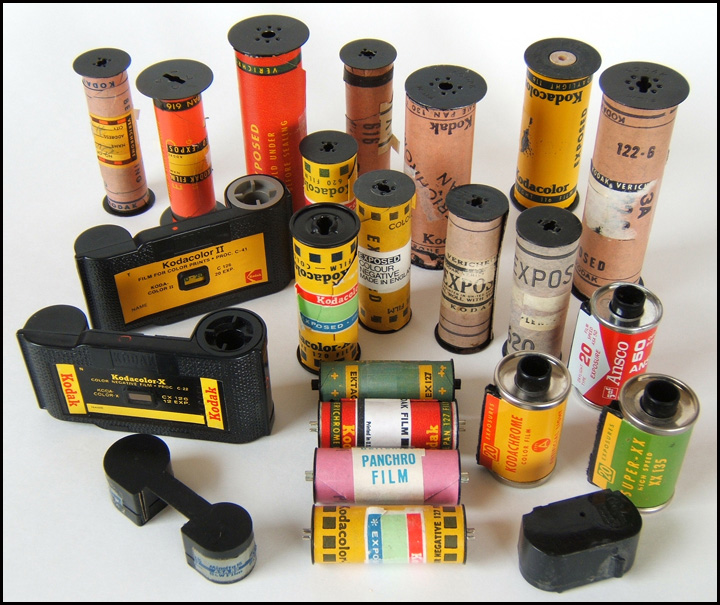Telefilm Canada has just published a report on Canadian Movie Consumption – Exploring the Health of Feature Film in Canada.
The study, by ERm Research, provides an “understanding of overall consumption patterns, media sources used by audiences, their decision-making process, genre preferences, barriers to watching more movies, and their theatrical moviegoing habits, as well as perceptions of Canadian content.” The study contacted 2,200 feature film consumers in Canada from September 17 to October 2, 2023.
Three of the report’s findings:
- 95% of Canadians aged 18+ have seen one or more feature films in the past year, with nearly three-quarters seeing a movie in theatres.
- Paid streaming accounts for 54% of all feature film consumption. Around nine in ten movie consumers use at least one streaming service, with most accessing multiple.
- French Canadian movie watchers are more inclined to see Canadian content theatrically and generally have a higher opinion of Canadian films.
Some things that stood out to me:
- 55% of the audience on opening nights are under the age of 35 whereas by the second week 50% of the audience is 45 or older. (Page 33.)
- Canadian moviegoers see on average only 1.4 feature films annually. (Page 38.)
- The top five streamers in Canada are Netflix (67%,) Amazon Prime (50%,) Disney+ (39%,) Crave (21%) and Apple TV+ (12%.) (Page 35.)
You can download the full report here.
My take: not very encouraging. I think we need to take our cue from the Quebecois who see (and like) more Canadian films. Why is that? The obvious answer is that they’re watching French-language films, fare that Hollywood is not producing. A more nuanced answer is that they’re watching films that reflect life in their province. Unfortunately, because Canadian movies have highly limited access to cinema screens in the rest of Canada, Canadians outside of Quebec don’t have that luxury.



